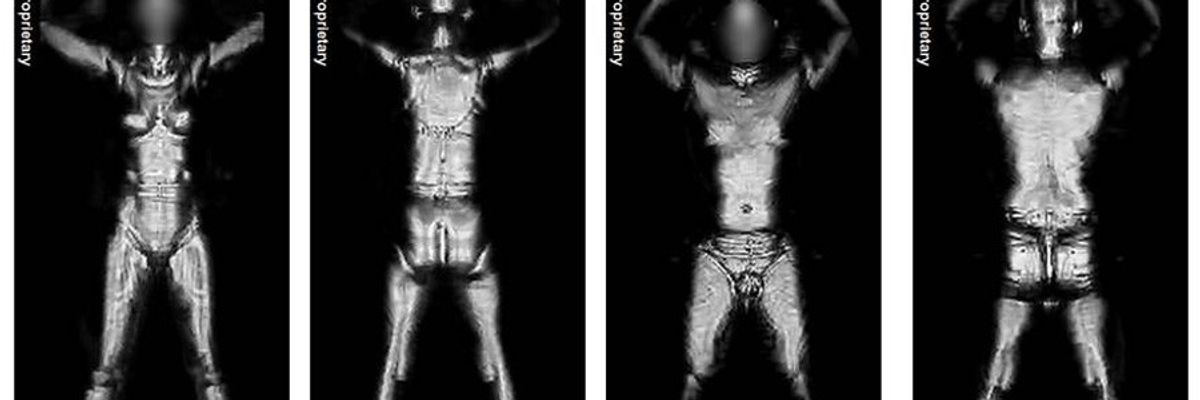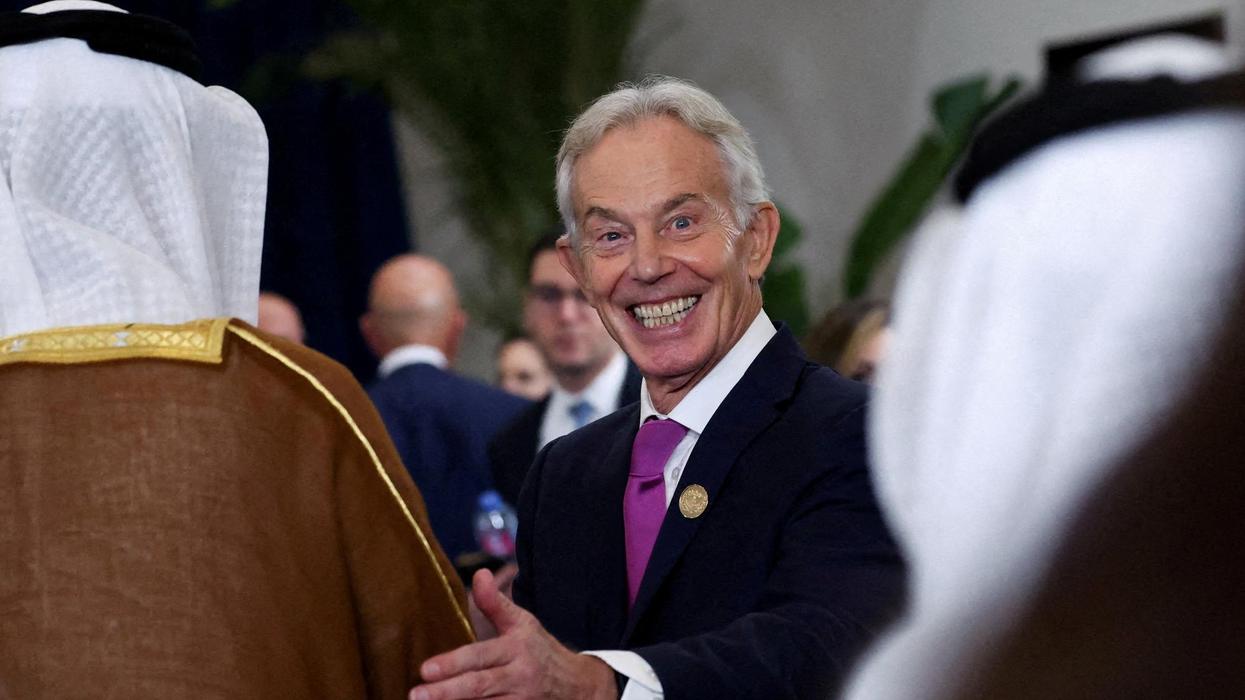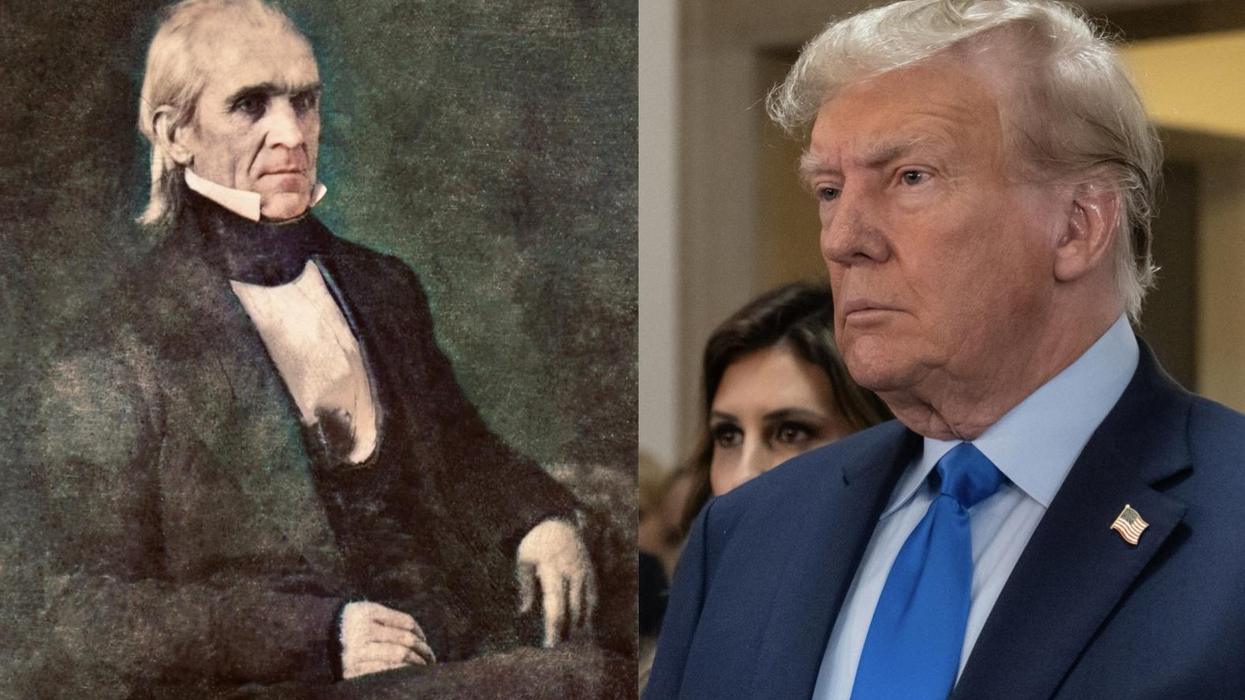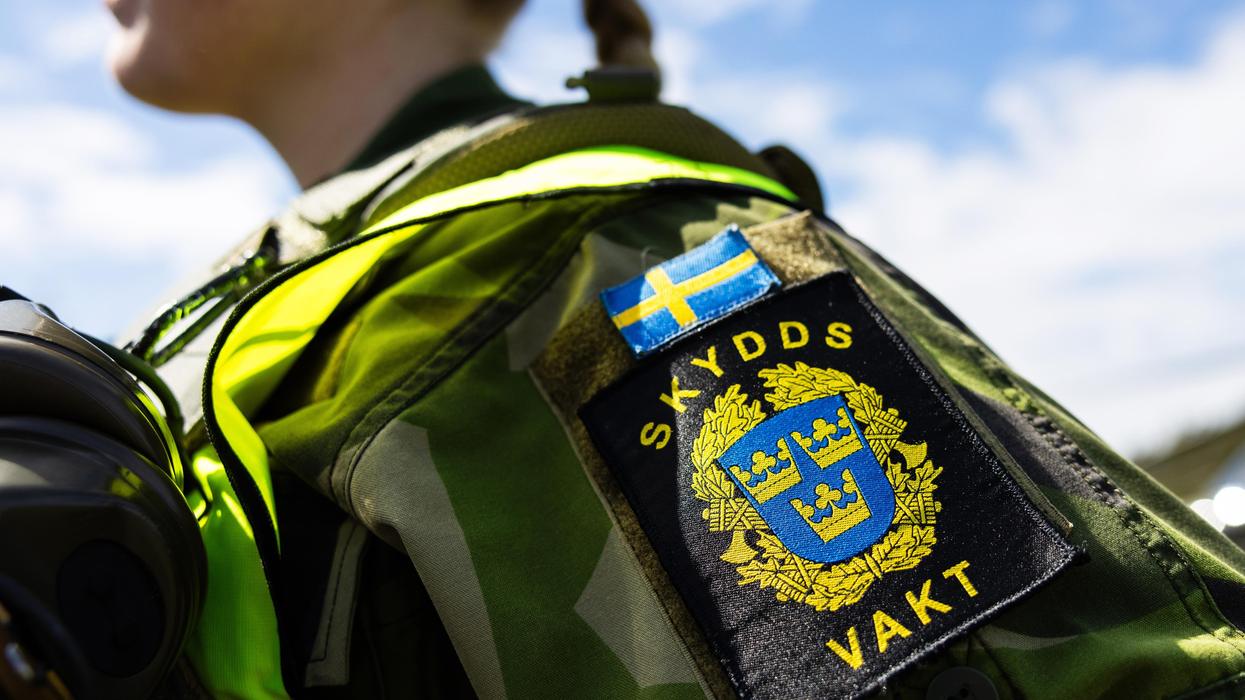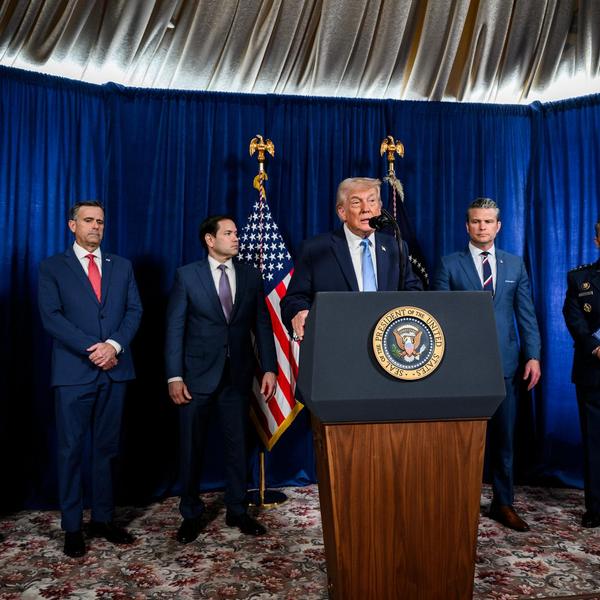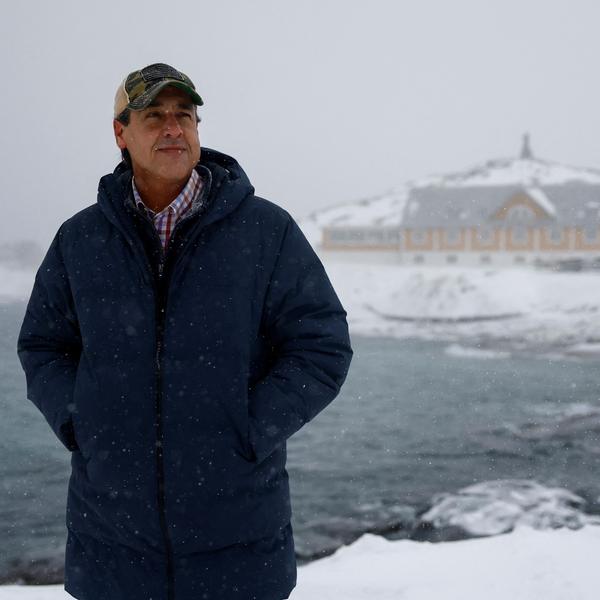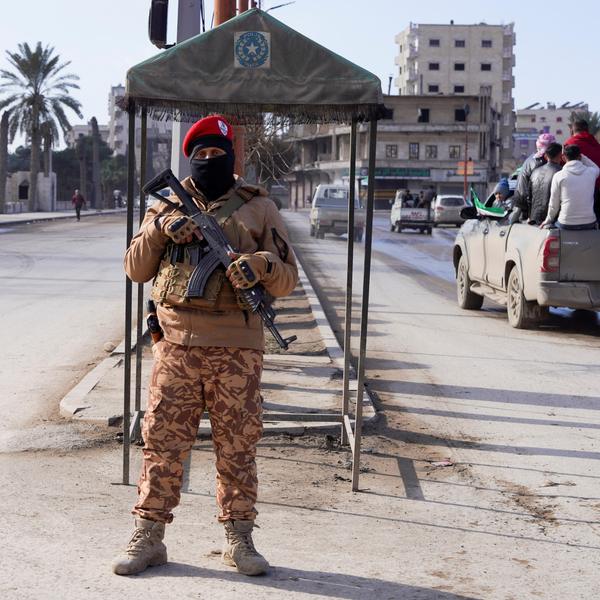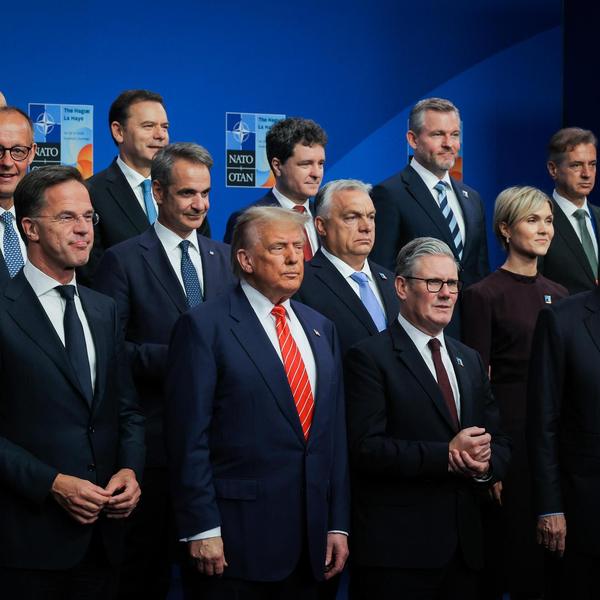In this first installment of our 9/11 at 20: A week of reflection series, our authors explore how the terror attacks opened the door to an unprecedented level of invasive domestic police powers and the militarization of law enforcement on the homefront.
In the aftermath of the 9/11 attacks and launch of the war on terror, the United States honed and developed a number of tools of social control. From using drone strikes to attack foreign targets, to employing “enhanced interrogation” techniques, the U.S. government greatly expanded the scale and scope of its activities in the name of combatting terrorism and protecting the person, property, and liberties of U.S. citizens. In reality, these supposed enhancements to our security threaten the very rights they are purported to protect.
Nowhere is this dynamic more pronounced than in the arena of surveillance. The expanded police state powers granted in a time of crisis persist even today, two decades after the initial attacks. The result is a reduction in privacy and liberty for U.S. citizens. Other unintended consequences of these dynamics drive some of the country’s most pressing social problems.
The surveillance state is not new to the war on terror. Established in the early 20th century, the government increasingly adopted police state characteristics over time. Officials recognized this progressive expansion. In the early 1970s, the Church Committee investigated and reported on the systematic abuses of the intelligence community, stating that “virtually every element of our society has been subjected to excessive government-ordered intelligence inquiries.” The Committee further noted that such activities ran counter to U.S. Constitutional principles including freedom of speech, political activity, and the right to privacy promised by the Fourth Amendment.
The war on terror allowed for a continued, pervasive expansion of federal surveillance powers. Shortly after the attacks on 9/11, Congress passed the USA PATRIOT Act. This Act expanded many of the government’s surveillance capabilities. Government agents could search private property without first notifying the owner. Officials could review information held by third parties. The Act weakened Fourth Amendment protections by expanding “tap and trace” searches, whereby officials can gather information related to phone calls.
The PATRIOT Act was not the only expansion of the surveillance state post-9/11. President Bush relaxed constraints on the National Security Agency (NSA) imposed by the Foreign Intelligence Surveillance Act (FISA). The NSA was allowed to engage in searching the emails and phone calls of U.S. citizens without a warrant. These powers were formally authorized and expanded by Congress in 2008.
Other agencies expanded their reach as well. The Department of Defense, working with the Defense Advanced Research Projects Agency, or DARPA, began work on the program “Total Information Awareness.” This program sought to gather a broad swath of information—phone, banking, travel, and medical records — with the hopes of using “predictive policing” to try and identify terrorists.
The surveillance activities discussed by the Church Committee expanded in the war on terror as well. Throughout the Civil Rights movement of the mid-20th century, abusive programs like COINTELPRO, Project CHAOS, Project MERRIMAC, and Project RESISTANCE monitored the activities of antiwar and civil rights activists. In a similar way, government in the post-9/11 era utilized expanded capabilities to infiltrate and collect data on different antiwar groups. These groups and the individuals within them had their data collected and stored by the DoD, despite no evidence that these groups posed a threat to national security.
The U.S. government also targeted Muslims and those of Arab descent, both domestically and internationally. This included the FBI paying informants to infiltrate local Muslim communities for purposes of surveillance and information gathering. Internationally, it entailed things such as the INS Special Registration, a system which required non-citizens from predominantly Muslim countries to be fingerprinted, photographed and interrogated upon entry and remain in regular contact with immigration officials throughout their time in the United States.
In another partnership, the DoD joined with the Federal Bureau of Investigation (FBI) to issue National Security Letters, or NSLs. These subpoenas allow for government to access individual’s private information without any judicial oversight, provided it’s in the name of “national security.” The FBI had greater ability to issue NSLs than the NSA prior to the start of the war on terror. The PATRIOT Act expanded their reach. By partnering together, the two agencies effectively sidestepped remaining constraints on surveillance.
This is not an exhaustive list of how surveillance powers expanded following 9/11. Though the PATRIOT Act and other pieces of legislation pertaining to surveillance have been extended, reauthorized, amended, or expired, the surveillance state has not returned to its pre-war on terror form. The desire of government officials to track and spy on American citizens has by no means abated. The war on terror, without a clearly-defined enemy or end date, leaves the door open for agencies like the NSA, DoD, and FBI to continue activities like those discussed above.
These surveillance activities are not limited to the federal government, of course. State and local law enforcement have increasingly adopted the tools of the surveillance state, along with other techniques and attitudes historically employed by the military. This militarization is not new to the post-9/11 period, but the war on terror has made the connection between police and the surveillance state stronger than ever before. Once tasked with upholding domestic laws and being peacekeepers, police have found themselves on the “front lines” of the federal war on terror, engaging in some of the same activities as their national counterparts or working directly on their behalf.
The number of Joint Terrorism Task Forces, or JTTFs, has increased 185 percent after 9/11, from 35 to over 100. These partnerships, overseen by federal agencies like the FBI and Department of Justice, work to facilitate information sharing across various levels of government, including state and local police. This means that, as opposed to standing separate and serving as a critical check on the authority of the central government, local law enforcement has instead become and intertwined and integral part of the surveillance state.
An example is illustrative. In addition to receiving a cadre of weapons, armored vehicles, and other materials through the DoD, state and local police have also received military surveillance equipment. “Cell site simulators,” otherwise known as “Stingrays,” are used to collect and gather information, like location and other identifying information, from cell phones. These simulators were originally used abroad for surveillance operations but are now integrated into many state and local enforcement activities. The use of Stingrays has raised concerns among privacy advocates who point out that the simulators capture the data of all phones in a given area — meaning that countless innocent Americans are having their data collected without any suspicion of wrongdoing. Moreover, these simulators are often used under the condition of non-disclosure agreements and are subjected to minimal or no oversight.
In analyzing the expansion of the national security state in the twenty years after 9/11, it is clear that the powers adopted by the U.S. government as part of the war on terror cannot simply be reversed. At a minimum, it would require a marked ideological shift among the population. While some object to the government’s surveillance programs, for many they are viewed as “necessary.” Many people adopt the attitude of, “I have nothing to hide.” Even if this shift were to take place, rolling back these various programs, and even merely preventing their expansion, would necessitate a complete unraveling of the relationships built between national bureaus, local state agencies, and private companies and contractors over the course of two decades. As a result, privacy is undoubtedly a casualty of the war on terror.

